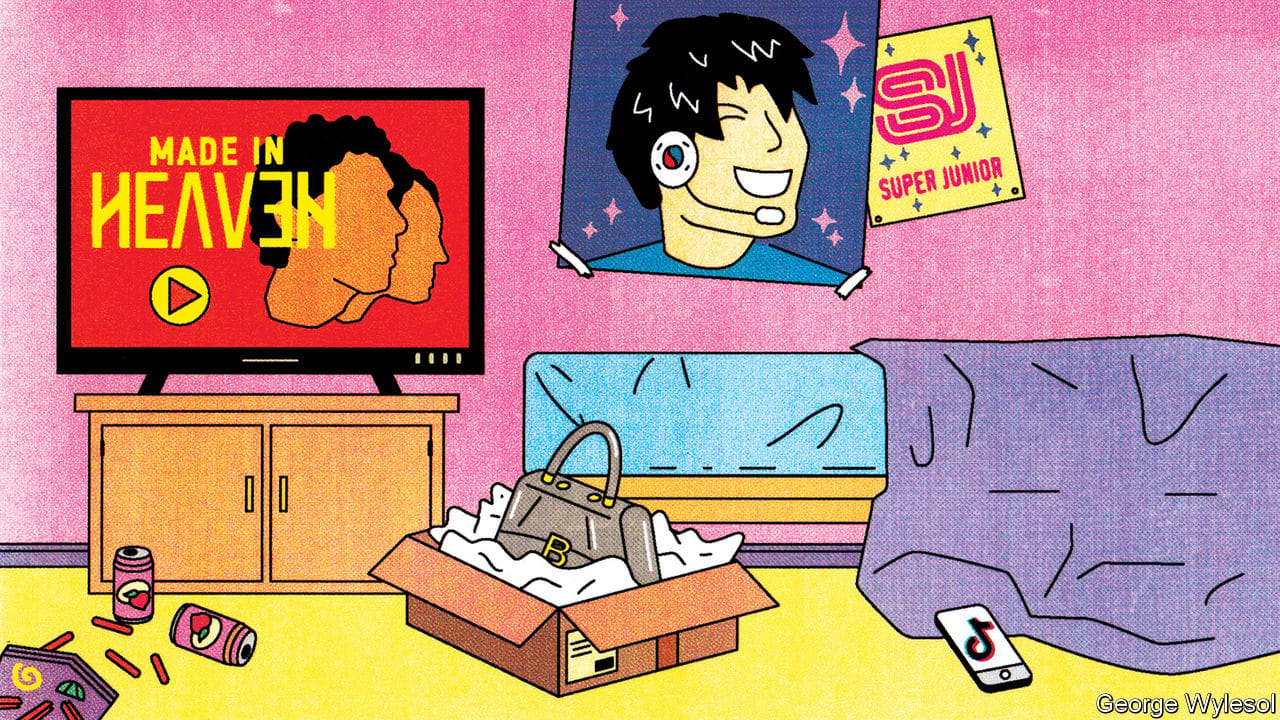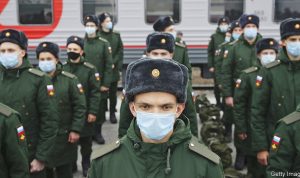Throngs descendedon the Jamsil Arena in Seoul, the South Korean capital, in July to see Super Junior, a band that exemplifies the “Korean Wave”. The crowd reflected the global reach ofk-pop. Melonie was visiting from Ecuador. When asked about her “bias”, the term fans use to discuss which band member is their favourite, she pulled her top aside to reveal a tattoo of the name of the group’s leader, Leeteuk, on her chest. Karen, from Peru, is doing a master’s degree in South Korea. She thinks she likes Super Junior even more than she likes Korea itself.
This article appeared in the International section of the print edition under the headline “How pop culture went multipolar”
Discover stories from this section and more in the list of contents
Sweden is banning OnlyFans content as the lines around sex work blur
It is meekly welcoming the new sheriff’s vigilante justice
The answer matters more than you think
Donald Trump prefers deals to regime change
After decades of rising secularism, Christianity is holding its ground—and gaining among the young






